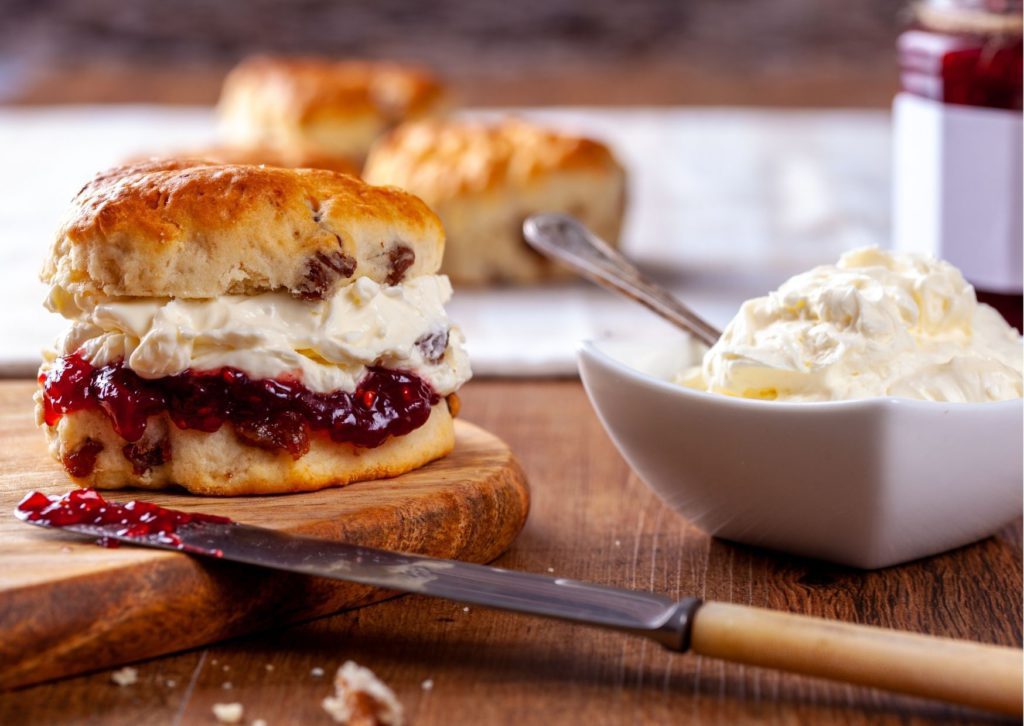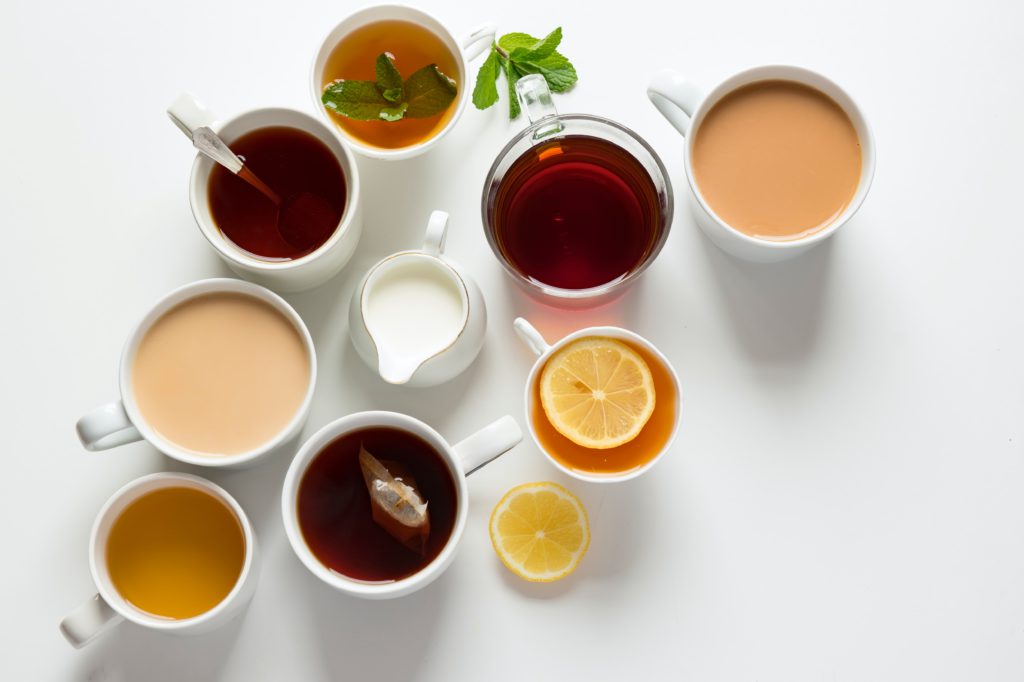We don’t always enjoy hot summers in Britain but rain or shine, a village fete, afternoon tea and strawberries are staples.
The village fête
The starting signal fired, they surged forward, a mass of yellow… rubber ducks.
Loose, my local village, traditionally celebrates the May public holiday with a duck race in the tiny stream that runs next to the village pub.

Mainly, it’s a chance for people to come together at a local event and support our community. You see kids splashing in the stream, smiles all round, we all have time to spend with friends instead of the usual rushed chats as we pass each other in the working week.
You either embrace the ridiculousness of the rubber ducks slowly floating down the other end of the stream or you shake your head, bemused by English eccentricity. (In my research I’ve found these events now take place in Germany too – you’re welcome!)
The duck race is not all though. At villages around our island you’ll find the same kind of fetes complete with traditional and more contemporary stalls. Take aim to win a coconut at the coconut shy, grab a refreshment from the tea and cake tent, and enjoy a Punch and Judy puppet show. Marvel at maypole performances and bands of Morris dancers jingling their ankle bells and bashing sticks in the air to jaunty tunes.
Cream tea
Wimbledon heralds peak strawberry season in the UK, welcomed just as much as the tennis. Often enjoyed simply with cream, they also form a key part of a cream tea, traditionally scones, strawberry jam and clotted cream. And there’s a specific order to the layers.
It’s a contentious issue, which topping goes first. Most people have a preference, even if you tell them you get a better mouthfeel or flavour one way. Devon and Cornwall, two counties in the south west of England, …. In Devon – cream goes on the scone first, in Cornwall, it’s jam and then cream.
Food scientist Dr. Stuart Farrimond attempted to resolve this once and for all and declared 4:3:3 to be the perfect ratio, achieving the ideal level of sweetness (about 28 % per mouthful apparently) from the jam balanced with the cream and scone. 40 g of scone, 30 g jam, 30 g cream. The ratio creates the “hedonic breakpoint, the optimal sweetness for appreciating the flavours”.
What’s more, clotted cream and jam should be served at room temperature and Farrimond suggests 50 °C for the Devon style, while 70-90 °C for Cornish style (as the jam acts as insulation and the aim is to make the cream a little runny).
Now we know. Next up, pronunciation – scone (rhymes with stone) or scone (rhymes with gone). I say the latter.

If you’d like to try baking scones yourself, here’s a foolproof recipe:
Ingredients:
- 350 g self-raising flour
- 1 tsp baking powder
- 50 g caster sugar
- 100 g butter, chilled
- 175 ml milk
- 1 beaten egg
Method:
- Preheat your oven to 220 °C.
- Mix the dry ingredients together.
- Cube the butter and rub it into the dry ingredients with your fingertips, until it resembles breadcrumbs.
- Mix the milk and egg together and add into your mixture slowly, mixing with a knife – add just enough to make a soft dough. Ideally, you want to save a little bit for glazing your scones at the end.
- Turn out your dough onto a lightly floured surface and gently pat it together to a thickness of about 3 cm. Where most people go wrong is rolling out the dough or kneading too much at this stage or twisting the cutter (next step), don’t twist.
- Using a round cutter (or if I’m honest, I usually find a glass or other circular shape I like the size of), cut the dough into as many rounds as you can make, you should be able to get at least 8 scones.
- Place on a baking tray and brush with the leftover milk and egg mixture. Bake for 12-15 minutes until the tops are a pale golden colour.
- Allow to cool and then enjoy with clotted or whipped cream and jam! Best eaten the same day.
Alternatively: You can add raisins for sweeter scones or grated cheese for a savoury version.
For the perfect refreshment to accompany your scones, might I suggest a summery Pimm’s or a cup of mighty British tea.
21 May – International Tea Day
At times of crisis, Britons put the kettle on. It’s no surprise then, that sales of tea increased sharply during the 2020 lockdown.
Tea is used to soothe nerves, enjoy with a biscuit or cake, gossip over with a friend, it’s the first beverage you offer a visitor.
Britain is second only to Ireland in its tea-drinking habits, and we drink an estimated 100 million cups of tea a day compared with 70 million cups of coffee.

Although fruit and herbal teas are available and increasingly popular, black tea (with milk mostly) makes up 85% of our tea consumption. You can see why a recent translation for one of my lovely clients citing lemon as Europe’s most popular tea tested my British roots.
And why my family looked on aghast when I returned from a year in Germany with ‘fancy ideas’ when I suggested an alternative to our standard cuppa.
Standard everyday tea is what our nation is built on. Literally. It’s also called builder’s brew partly because 90% of tradesmen rely on access to a kettle and constant supply of tea while they work.
Despite being a southerner, my favourite is the northern Yorkshire tea. Pop in a mug, add fresh boiling water and let brew for a couple of minutes, add milk (you know you want to), a little sugar if you like it sweet.
If you really can’t stand the idea of milk, enjoy with a slice of lemon and honey.
Fortunately for us tea lovers, black tea is said to have a raft of health benefits, including the antioxidants it contains that help fight inflammation. Any excuse to put the kettle on I say. Cheers!


